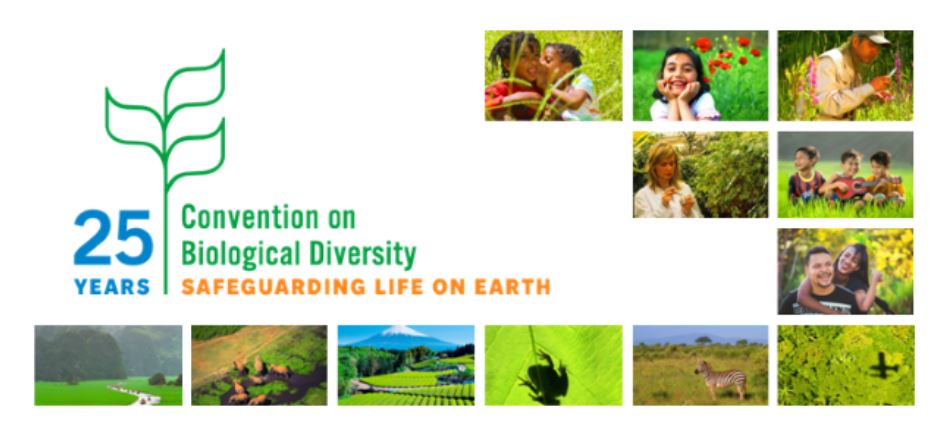The 1992 Earth Summit in Rio de Janeiro, Brazil, spawned many developments in the journey for global sustainability. One of those is the Convention on Biological Diversity, which came into force on December 29, 1993, ninety days after the 30th country ratified the treaty.
And that is what it is—a treaty. The Convention on Biological Diversity (CBD) has 196 national parties, each of which has agreed, by law, to abide by the convention’s requirements. Only one major nation is not party to the CBD—the United States. By all accounts, the way the U.S. addresses biodiversity conservation was the basis for the convention, and U.S. representatives to the Rio conference were prime negotiators on its content. President George H. W. Bush, however, declined to endorse the convention. Later, President Clinton did sign the convention, but the Senate, which is required to approve all treaties, has never acted to ratify it. Therefore, the U.S. participates as an “observer” in CBD activities, unable to negotiate on its implementation or amendment. Nonetheless, the conservation laws and management practices of the U.S. meet the CBD requirements.

The CBD has three main objectives, as stated in Article 1 of the Convention itself: “The objectives … are the conservation of biological diversity, the sustainable use of its components and the fair and equitable sharing of the benefits arising out of the utilization of genetic resources….” So, the convention recognizes not only that biodiversity should be preserved, but also that its benefits should be used sustainably and justly among developed and developing economies.
That is a tall order, and the CBD has served more as a global conscience for protecting biodiversity than as a set of specific objectives or the mechanisms to achieve them. A ten-year strategic plan set in 2001 was largely aspirational, and the results were disappointing—biodiversity had continued to decline since the start of the millennium.
A new strategic plan was crafted, covering the decade from 2011-2020. It included five strategic goals and twenty targets, known as the “Aichi Biodiversity Targets.” Most of those targets are still qualitative rather than quantitative; Target 1, for example, states that by 2020 “people are aware of the values of biodiversity” and how to use and conserve it. Some targets, however, are more specific and measurable, like Target 5, which asks that “the rate of loss of all natural habitats, including forests, is at least halved.”
The element of the CBD which has garnered the most international attention seems to be its work on the international movement of “living modified organisms,” or LMOs. LMOs are a more inclusive label that includes GMOs. The convention approved the Cartagena Protocol on Biosafety in 2000 (entered into force in 2003). The Protocol sets conditions for the export and import of living organisms that were produced by modern genetic biotechnology, specifically as they relate to impacts on native biological diversity. The U.S. is not party to this protocol, but it does act in accordance with its requirements.
Now that 2020 has begun, the CBD Secretariat (which operates from offices in Montreal, Canada) is working on the strategic plan for the next decade. Let’s hope that this plan can move from being our conscience on biodiversity protection to become our roadmap for achieving a sustainable world.
References:
Convention on Biological Diversity. Aichi Biodiversity Targets. Available at: https://www.cbd.int/sp/targets/. Accessed January 17, 2020.
Convention on Biological Diversity. History of the Convention. Available at: https://www.cbd.int/history/. Accessed January 17, 2020.
Defenders of Wildlife. The United States and the Convention on Biological Diversity. Available at: https://defenders.org/sites/default/files/publications/the_u.s._and_the_convention_on_biological_diversity.pdf. Accessed January 17, 2020.
UN Food and Agriculture Organization. 2004. Living modified organisms: new guidelines for risk assessment. Available at: http://www.fao.org/newsroom/en/news/2004/43684/index.html Accessed January 17, 2020.
